Quality Control in Sugar Sachet Packing Operations
In today’s fast-paced food and beverage industry, ensuring the quality and safety of packaged products is of utmost importance. Sugar sachets, ubiquitous in cafes, restaurants, and households, require meticulous quality control measures throughout their packing operations to maintain their integrity and prevent contamination. This article delves into the multifaceted aspects of quality control in sugar sachet packing operations, exploring key areas and practices.
Raw Material Inspection
The quality of sugar sachets hinges on the quality of raw materials used. Stringent inspection of incoming sugar ensures adherence to specified purity levels, particle size, and moisture content. Visual examination, laboratory testing, and documentation verify that the sugar meets predetermined standards, preventing the introduction of impurities or substandard ingredients into the production process.
Equipment Calibration and Maintenance
Precise and well-calibrated packaging equipment is essential for accurate filling, sealing, and labeling. Regular maintenance and calibration ensure that equipment operates within specified tolerances, preventing deviations in sachet weight, sealing integrity, or labeling accuracy. Rigorous preventive maintenance programs, including periodic inspections, lubrication, and repairs, minimize equipment downtime and maintain consistent quality.
Hygiene and Sanitation
Maintaining a hygienic and sanitary production environment is crucial to prevent microbial contamination. Regular cleaning and disinfection of equipment, facilities, and work surfaces minimize the risk of bacteria, mold, or other harmful microorganisms contaminating the sugar sachets. Employee hygiene practices, such as hand washing, proper attire, and equipment sterilization, further safeguard product integrity.
Weight Control and Consistency
Accurate weight control is a critical aspect of quality control in sugar sachet packing operations. Each sachet must contain the specified amount of sugar within predetermined tolerances. Automated weighing systems, regularly calibrated and verified, ensure precise filling. Statistical process control (SPC) techniques monitor weight consistency and identify any deviations or trends, allowing for timely adjustments to maintain product specifications.
Packaging Integrity and Sealing
The packaging of sugar sachets plays a vital role in preserving their quality. Sachets must be manufactured from high-quality materials that provide adequate protection against moisture and contamination. Robust sealing processes utilizing heat or adhesives ensure that sachets remain intact during transportation, storage, and handling. Regular testing of seal strength and integrity verifies the effectiveness of the sealing process.
Labeling Accuracy and Legibility
Clear and accurate labeling provides important information about the product, including its ingredients, nutritional facts, and storage instructions. Thorough verification of labeling content, including font size, legibility, and placement, ensures compliance with regulatory requirements and provides consumers with essential product details. Automated label inspection systems minimize labeling errors, enhancing product safety and consumer satisfaction.
Traceability and Documentation
Effective traceability systems allow for the identification and tracking of sugar sachets throughout the production and distribution chain. Comprehensive documentation, including production records, quality control reports, and batch numbers, facilitate product recalls and traceability in the event of quality concerns or safety issues. By maintaining accurate and accessible records, manufacturers can respond swiftly to inquiries and ensure product safety.
Continuous Improvement
Quality control in sugar sachet packing operations is an ongoing process that requires continuous improvement. Regular audits, employee training, and customer feedback mechanisms facilitate the identification of areas for improvement. By implementing innovative technologies, optimizing processes, and empowering employees with quality assurance knowledge, manufacturers can drive continuous improvement, enhance product quality, and meet evolving market demands.
Quality control in sugar sachet packing operations is a multifaceted and essential aspect of food safety and product integrity. Through rigorous inspection, preventative maintenance, hygiene practices, weight control, packaging integrity, labeling accuracy, traceability, and continuous improvement, manufacturers can ensure the production of high-quality sugar sachets that meet consumer expectations and regulatory requirements. By adhering to these quality control measures, the industry can maintain the confidence of consumers and uphold its commitment to providing safe and reliable products.
-
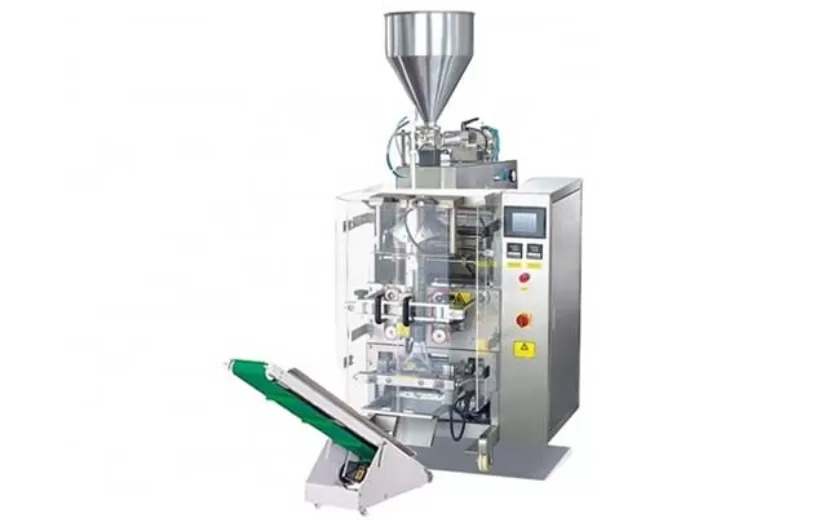
Advanced Packing Solutions: Snacks, Sugar, and Frozen Food Machines
29-10-2025 -
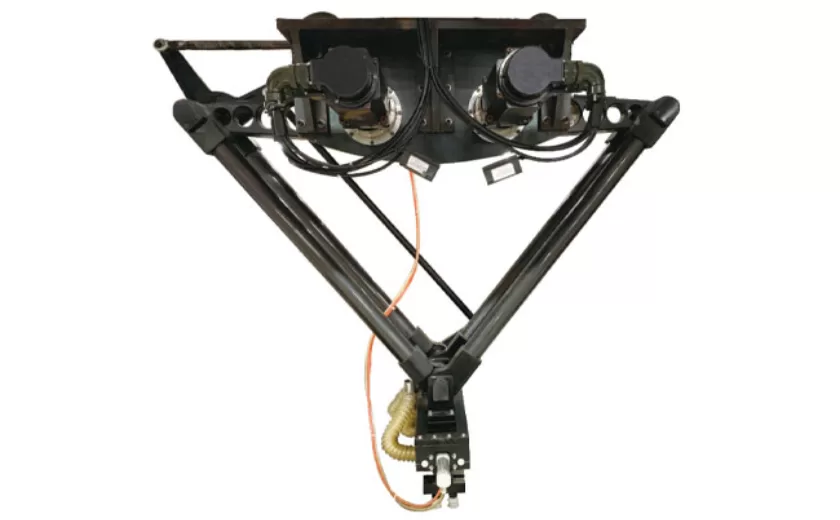
Efficient and Reliable Solutions for Salt, Nuts, and Frozen Dumplings Packing
29-10-2025 -
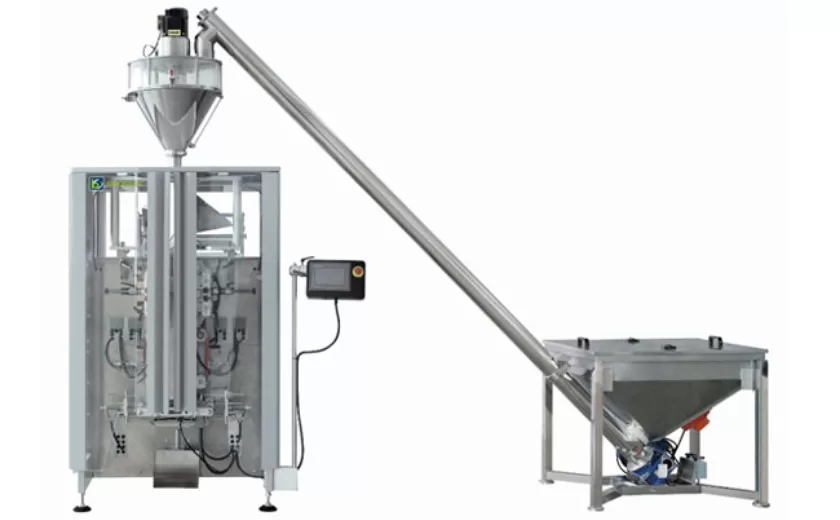
High-Performance Biscuits, Lollipop, and Ketchup Packing Machines for Modern Food Production
29-10-2025 -

Efficient Liquid Filling and Packing Machines for Modern Production
23-10-2025 -
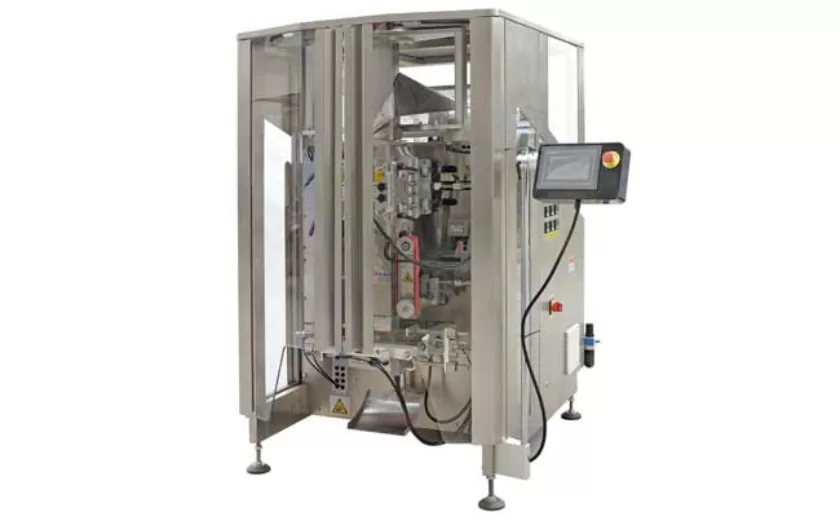
Reliable Granule Packaging Machines for Efficient Production
23-10-2025 -

Efficient Auger Powder Filling Machines for Accurate Packaging
23-10-2025 -

High-Performance Liquid Filling and Packing Machines for Hygienic Production
10-10-2025 -

High-Efficiency Granule Packaging Machines for Precision and Speed
10-10-2025 -

High-Precision Auger Type Powder Filling Machines for Efficient Packaging
10-10-2025 -
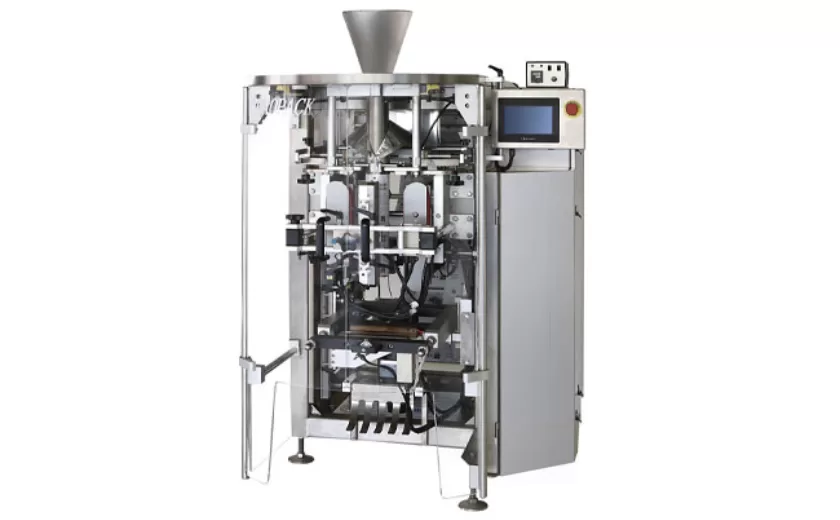
Efficient Vertical Form Fill Seal Packaging Machines for Smart Production
10-10-2025





